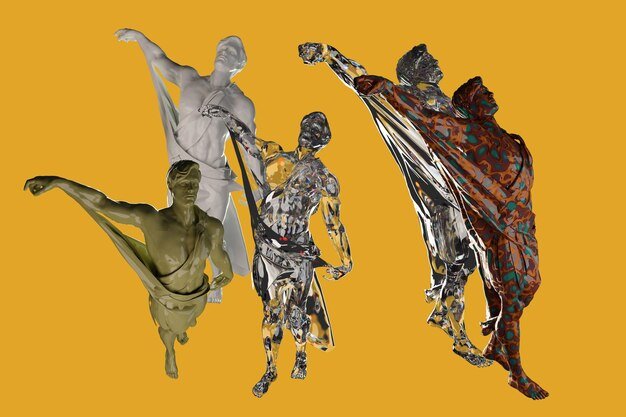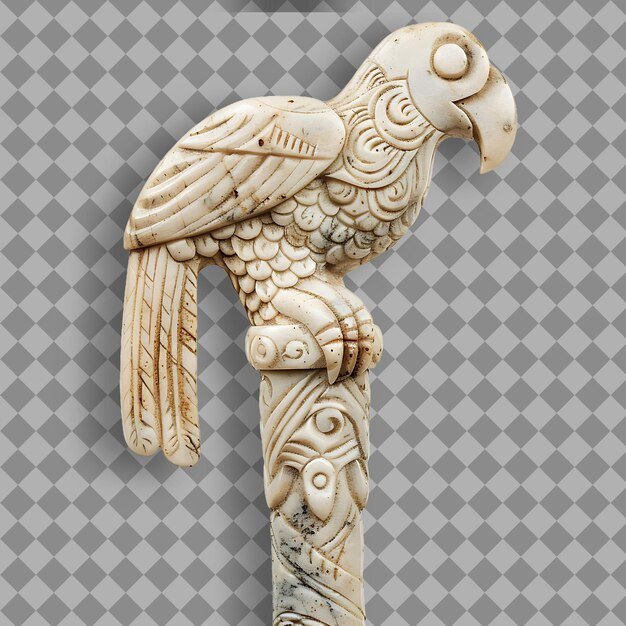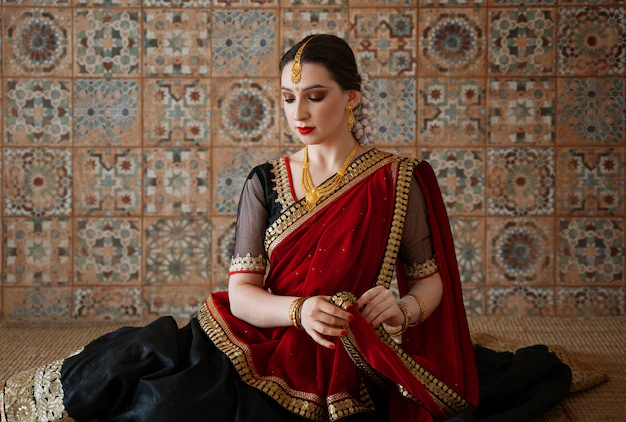
Art has always been a cornerstone of human civilization, capturing emotions, stories, and history through visual expressions. Among the vast spectrum of art, ancient art stands as a testament to creativity, culture, and tradition. When we dive into the world of ancient artz, we uncover a treasure trove of rich history and inspiration. In this article, we’ll explore the origins, significance, and cultural impact of ancient artz, presenting it as an indispensable link to understanding humanity’s past.
What Are Ancient Artz?
The term ancient artz refers to the creative expressions of early civilizations that existed thousands of years ago. These artistic endeavors encompass a wide range of mediums such as sculptures, pottery, paintings, and architecture. Examples can be seen in:
- Egyptian artifacts like hieroglyphics and monumental statues.
- Mesopotamian sculptures showcasing life and mythology.
- Greek and Roman art, celebrated for its detailed sculpture and symmetry.
- Asian influences, such as ancient Chinese porcelain or Indian temple carvings.
Each of these expressions forms a puzzle piece in the larger tapestry of human cultural history, reflecting the values, beliefs, and technological advancements of their respective times.
Why Ancient Artz Remain Relevant
The fascinating aspect of ancient artz lies in their timeless appeal. Far from being relics of the past, these artistic expressions continue to shape modern art and culture in numerous ways.
1. Preserving History
Ancient artz act as historical documents, visually depicting the lives and beliefs of people from bygone eras. From murals showcasing daily activities to religious artifacts symbolizing faith, these pieces provide invaluable insights.
For instance, the cave paintings in Lascaux, France, demonstrate early man’s ability to represent nature with surprising sophistication. Similarly, Mayan carvings narrate significant historical events, keeping ancient stories alive.
2. Cultural Reflection
Every piece of ancient art reflects the unique identity of the society that created it. Whether it’s the elaborate sarcophagi of Egypt, showcasing a belief in the afterlife, or the vibrant frescoes of Pompeii, detailing everyday Roman life, ancient artz connect us to their creators.
This cultural reflection makes ancient art not just visually impressive but intellectually stimulating, offering layers of meaning waiting to be explored.
3. Influence on Modern Creativity
Ancient artz continue to inspire modern artists, architects, and designers. The columns and symmetry seen in Greek temples influence contemporary architecture. Iconic motifs from ancient Asian pottery often appear in modern ceramics, and tribal art forms inspire everything from graphic design to textile patterns.
The enduring relevance of ancient artz demonstrates its profound impact on shaping our shared artistic heritage.
Exploring Key Forms of Ancient Artz

Ancient artz exist in various forms, showcasing both creative ingenuity and resourceful use of available materials.
1. Sculptures and Statues
Some of the most famous examples of ancient art come in the form of sculptures. Greek statues like the Venus de Milo or Michelangelo’s Renaissance reinterpretation of classical forms owe their legacy to the craftsmanship of ancient creators.
Mesopotamian sculptures often depicted kings or deities, providing insights into power dynamics and spirituality.
2. Pottery and Ceramics
Ceramics have been used not only for aesthetic purposes but also as tools for daily living. Ancient Chinese porcelain and Mediterranean amphorae reflect high levels of technical mastery.
The beauty of ancient artz pottery lies in its simplicity, with etched designs or symbolic imagery often carrying deep meaning.
3. Murals and Paintings
Ancient cave art in Chauvet, France, displays animals painted with a mixture of skill and precision, emphasizing humanity’s connection to nature. Similarly, Egyptian tomb paintings offer an immortal narrative of life and death beliefs.
These murals serve as storytelling devices, visually narrating ideas that text or speech alone could not capture.
Preservation Challenges for Ancient Artz
Preserving ancient artz comes with its own set of challenges. Centuries of exposure to environmental factors, human activities, and conflict have caused damage or led to the loss of many invaluable pieces. Efforts by historians and archaeologists aim to restore and preserve this rich cultural heritage.
Technologies like 3D imaging and restoration science have allowed organizations to revive deteriorating artifacts while protecting original craftsmanship.
Ancient Artz in Modern Museums
Many of these masterpieces have found homes in world-renowned museums like:
- The British Museum in London, which houses ancient Egyptian relics.
- The Louvre Museum in Paris, home to the Rosetta Stone and classical Greco-Roman works.
- The Metropolitan Museum of Art in New York, showcasing art from multiple ancient civilizations.
These institutions ensure accessibility to ancient artz, letting the public experience firsthand the wonders of the past.
The Role of Ancient Artz in Education
Beyond their aesthetic appeal, ancient artz hold immense educational value. By studying them, students learn about:
- Ancient languages through inscriptions or carvings.
- Cultural traditions via imagery and symbolism.
- Socio-political hierarchies reflected in depictions of royalty or battles.
Learning from ancient artz equips us with a better understanding of global history and humanity’s creative legacy.
Uncovering Hidden Gems in Ancient Artz
While famous sites like the Egyptian pyramids or the Parthenon receive attention, lesser-known ancient artz also deserve recognition. Indigenous petroglyphs, early African tribal art, and Native American pottery are fascinating chapters in humanity’s collective creative journey.
In appreciating these hidden gems, we move closer to building a comprehensive understanding of global cultural history.
How You Can Appreciate and Support Ancient Artz
As individuals, there are many ways we can engage with and support the legacy of ancient artz:
- Visit Museums
Spend time at cultural institutions that exhibit ancient works, allowing you to experience history up close. - Engage with Documentaries and Books
Learn more about the civilizations that produced these works and their relevance today. - Respect Archeological Sites
When visiting ancient locations, follow guidelines to help preserve them for future generations. - Support Local Artists
Many modern artists draw inspiration from ancient artz, creating a bridge between past traditions and contemporary innovations.
Conclusion: Why Ancient Artz Matter
The legacy of ancient artz is a profound reminder of human creativity, resilience, and diversity. These artistic creations transcend time, connecting us to the lives, beliefs, and aspirations of civilizations long gone. From pottery and sculptures to breathtaking murals, ancient artz remain deeply relevant today, enriching our appreciation for both history and culture.
As we continue to celebrate and preserve ancient artz, we honor the ingenuity of our ancestors while ensuring their stories inspire generations to come. Explore the world of ancient artz and let its beauty and history leave an indelible mark on your heart and mind.






